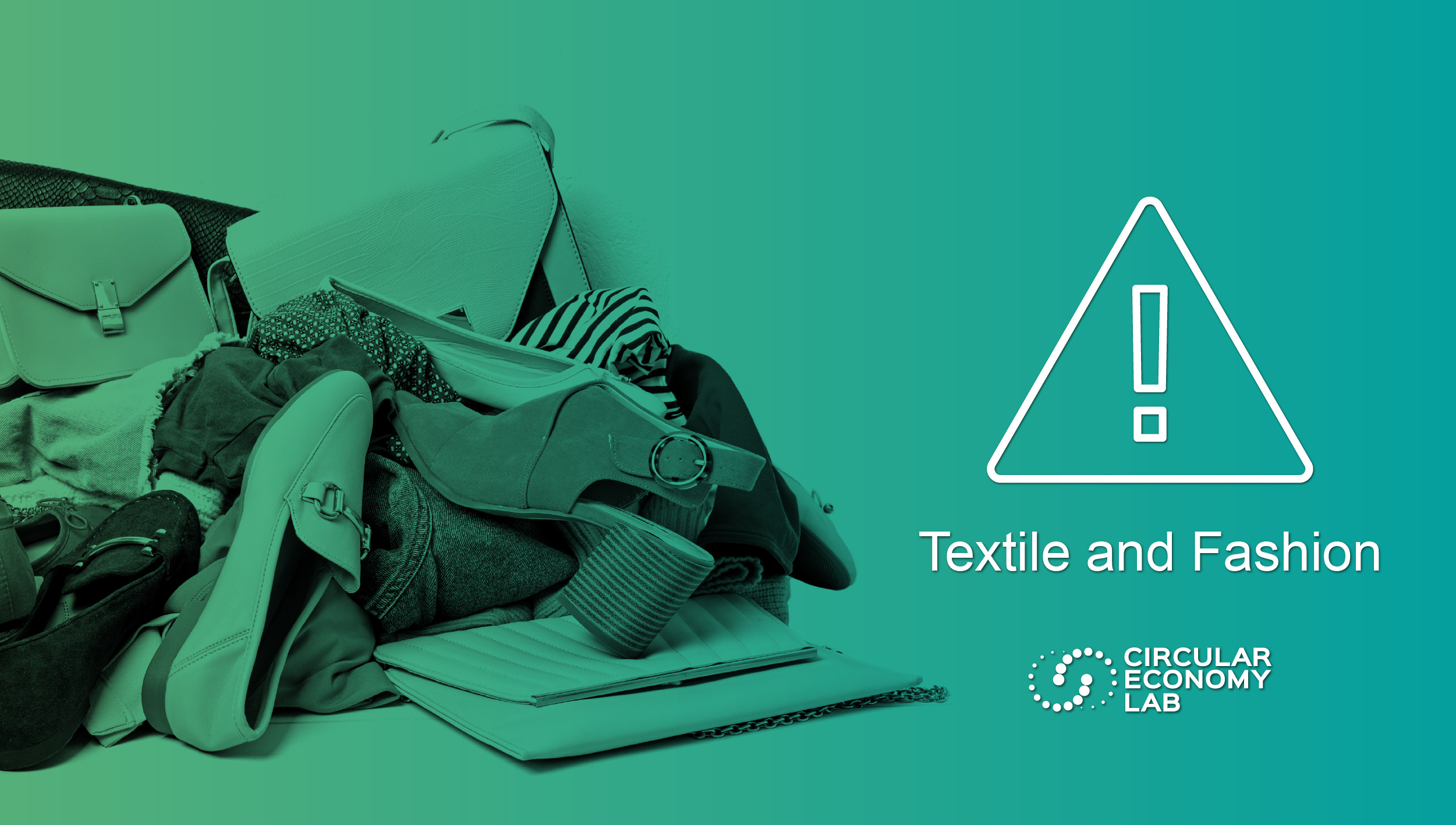
The problems of the textile, clothing and fashion sector
The textile, clothing and fashion sector plays a very important role in the European manufacturing industry. About 1.7 million people are employed in 178,000 companies, with a total turnover of 171 billion euros (2016). The sector is primarily based on small and medium-sized enterprises. In fact, 90% of the workforce is made up of companies with fewer than 50 employees, which produce almost 60% of the added value. In Italy, the TAM sector is one of the most relevant and strategic of the "Made in Italy", for a turnover equal to 30.9% of the entire European TAM sector, and 57% comes from exports (especially high-end products).
To date, the textile and clothing industry is still characterized by a strongly linear trend. According to the Circular Economy Action Plan published in 2020 by the European Commission, textiles is the fourth sector for use of raw materials and water (after food, construction and transport) and the fifth for greenhouse gas emissions. Raw materials are mainly non-renewable, as for example oil to produce synthetic fibers, fertilizers for cotton crops, or chemicals to produce, dye and refine fibers and fabrics. Textile production (including cotton cultivation) uses about 93 billion cubic meters of water per year, causing major problems in regions where water availability cannot be taken for granted. In 2018, the fashion industry was responsible for about 2.1 billion tons of greenhouse gases (GHG), equivalent to 4% of the global emissions. Of these, about 70% can be associated with upstream activities, such as production and processing of materials.
The fashion system has also been identified as the main contributor to the problem of microplastics released into the oceans. Garments made of synthetic fibers, such as nylon, polyester, acrylic, release polymeric micro-particles during washing, negatively impacting the marine ecosystem and, through the food chain, end up damaging human health.
Finally, one of the main criticalities of this sector is certainly the one related to waste production. According to Ellen Macarthur Foundation, in 2017 only 13% of garments that reach the end of their life are recycled, and of this 13%, only 1% is reused to produce other clothing. The remaining percentage is diverted into production processes in other supply chains, such as the production of insulation material in the construction industry, or as mattress padding, suffering a loss in value. Clothing and textiles that are not recycled are mostly disposed of in landfills and end up being incinerated.
In economic terms, it is difficult to quantify the value of negative externalities. It is estimated that globally, customers lose $460 billion in value each year by throwing away clothes they could continue to wear. According to the World Bank, over the past 20 years the trend in clothing sales has doubled while the trend in usage has shrunk by 40%. Without a change of course, these estimates are bound to increase.
The textile, clothing and fashion industry needs a strong paradigm shift, which does not involve simply an effort to reduce the negative impacts just described, but to solve the problem upstream. This can only happen through the adoption by the entire supply chain of a systemic model, which frees economic growth from the consumption of natural resources and does not negatively impact the ecosystem in which it is inserted.